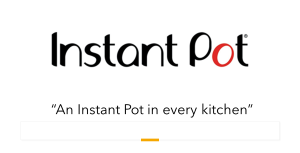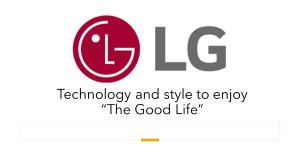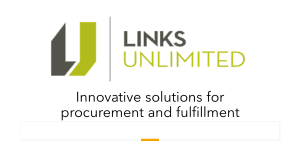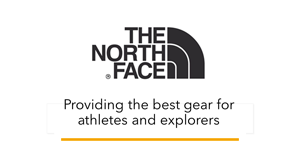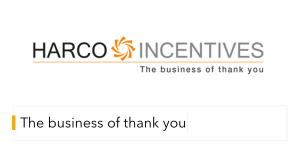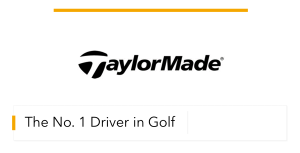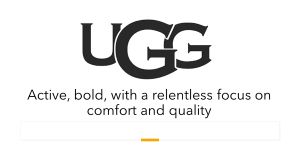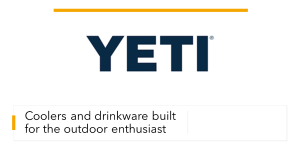News Analysis: Wells Fargo Creates Big Opportunity for Incentive Field
By Bruce Bolger, ESM Publisher
-
A Wealth of Untapped Knowledge

- The Industry Was Waiting for This Day
- Useful Resources
- Program Design Expertise
In the past, the Wells Fargo scandal would have cast a shadow over the incentive field. This time, however, it creates an enormous opportunity for professional practitioners of engagement and incentive programs, because the ill-advised Wells Fargo sales program places a shining light on the need for experts to design any program that motivates people in business. We at RRN don’t know all the specifics about the Wells Fargo program structure, but what we do know suggests that the program is similar to one used by tens of thousands of other organizations of all sizes, all of which run a similar risk of counter-productive or unethical behavior.
Based on what is known, the Wells Fargo sales campaign was a classic “do this, get that” structure, often used interchangeably with the “do this or else” design. These carrot-and-stick type programs put the focus solely on the result, and not on the means of achieving the result. Fortunately, the outcome usually doesn’t involve law-breaking, but it does encourage bad behaviors that can do damage to the brand and hurt sales in the long run by creating unhappy customers who speak out on social media. It’s well known what some salespeople will do in narrowly focused programs like the one operated by Wells Fargo – shift the timing of sales to maximize points, sell something a customer doesn’t want, push harder than is appropriate, make promises that can’t be kept, etc. Since the only program measure is the outcome, why wouldn’t many employees resort to such tactics?
As with most such endeavors, the problem isn’t the incentive program; the problem is its design.
For nearly 60 years, the incentive industry has extolled the importance of designing programs that not only address the results, but also the best ways to achieve them. As early as the 1960s, authors George Meredith and Larry Bell published the book, Incentives in Marketing through what was then known as the National Premium Sales Association. Their book emphasized the importance of program design. That’s the same underlying message in the Incentive Marketing Association’s curriculum at Incentivemarketing.org. (Full disclosure; Rodger Stotz and myself were the original author of that curriculum.) The SITE Foundation, and later the Incentive Research Foundation, produced extensive research that identified the need to include other measures in program design focusing on encouraging the behaviors that lead to the results as well.
The Master Measurement Model, first created over a decade ago by the American Productivity & Quality Center and available for free at TheIRF.org, provides a precise prescription for program design that to my knowledge is almost never used. The Enterprise Engagement Alliance provides a free framework for the design of effective engagement programs at TheEEA.org/learning, and while we have some highly passionate devotees, we know the challenges they face when trying to bring science to their clients or management.
So why do so many programs boil down to “do-this, get that” campaigns when a huge body of knowledge has long underscored the need for organizations to incorporate values, communication, learning and feedback, as well as rewards & recognition, into their programs and to ensure that people achieve goals by being capable, inspired and clear on how their passion can contribute to success? I know the answer from personal experience.
More often than not the people planning incentive programs are looking for a quick fix or a bright shiny object and often don’t want to hear about, let alone pay for, a program design process, even with the promise of better results or return-on-investment measurement. Since no one has studied incentive program design in school, it’s rarely written about outside of our trade media and because these programs are often used to hit urgent goals, many managers feel qualified to follow their own instincts. This often boils down to a determination that motivation is just a matter of dangling desirable carrots with perhaps a few unwritten threats thrown in for good measure.
Many companies don’t blink at paying consulting fees of $400 an hour for major consulting in other areas of business, or paying hundreds of thousands – if not millions – for a new customer relationship management or other enterprise technology platforms, but only a few will pay anything for consulting on their tactical incentive program design for sales, recognition and dealer programs, and many push back on paying anything for creating incentive or engagement technology platforms.
Over the past year, I have begun to notice a change both in the conversations with businesspeople and in the questions being asked in the RFPs shared with us by clients. Almost everyone I talk to in the traditional incentive, recognition and loyalty business tells me the same thing: there’s a change in the conversation. RFPs and customers are increasingly asking about better ways to engage people in all areas of business and showing a real interest in return-on-investment.
The challenge is that the answer doesn’t lie in another bright shiny object. It’s not about a quick fix or an add-on. It’s a matter of meticulous program design based on sound research and accumulated best practices supported by common sense. The great news is that the industry was waiting for this day. In the past 15 years or more, it has built a library of best practices and methodologies that not only are based on science, but on common sense as well. People are far more complex than hamsters in a cage. To engage people in a mission, to inspire sustainable peak performance or loyalty, they have to understand the mission, feel passionate about accomplishment, receive regular information and the training they need, benefit from the opportunity to innovate, collaborate and make decisions about their work, feel rewarded, recognized and part of a community and receive regular team and individual feedback whenever possible.
What is changing? With the advent of more analytics, social media, extensive research and maybe, just maybe, the efforts of the Enterprise Engagement Alliance and other pioneers in engagement such as the Engagement Institute, Engagementforsuccess.org in Great Britain and even growing interest on the part of major investors, more marketing, sales and human resources executives have opened their minds to the concepts of engagement – i.e., that to achieve key goals, such as selling new accounts, the goal has to include defining and fulfilling the brand’s culture and values; having leadership at every level supporting the goals and values of the brand; regularly communicating not just the goals but how to achieve them consistent with the values; having learning programs ensuring that people are capable of doing what’s asked; creating a community that rewards and inspires people; and measuring not just the results, but the specific actions that help yield the desired results.
Contrary to what the name might imply, this education program details an incentive program design model that addresses all of the factors involved with achieving goals and that would have made the Wells Fargo outcome improbable.
Based on the Enterprise Engagement: The Roadmap, the EEA curriculum and certification program focuses on how organizations can integrate all of the different tools of engagement, from branding and leadership coaching to assessment, communications, learning, collaboration, innovation and all other areas of engagement.
The Incentive Research Foundation has updated the original Master Measurement Model and created an invaluable template for calculating return-on-investment.
The Enterprise Engagement Alliance can help organizations select precisely the right types of engagement solution providers they need without fees or hidden commissions. The first step is to identify specifically what you wish to accomplish and what you need in terms of expertise or resources to accomplish it.
Contact
Nick Gazivoda
914-591-7600, ext. 238







